The British Beauty Who Redefined Grace and Mystery on the Silver Screen
There’s a certain kind of star who doesn’t need to shout to be seen. She walks into a frame, and suddenly everything stills—the light, the air, even time itself. Her gaze says everything words can’t. That’s the magic of the woman whose quiet elegance and undeniable allure turned her into one of British cinema’s most fascinating muses. You’ve seen her in the moody thrillers of the late ’60s and early ’70s, her presence unforgettable, her poise magnetic. Her name? Suzy Kendall, the woman who transformed subtlety into an art form.
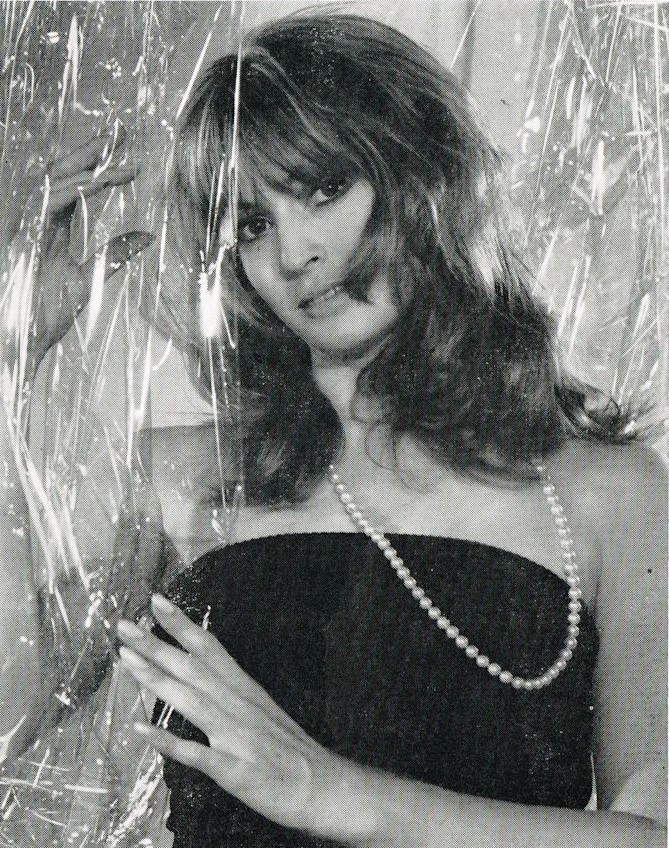
From Derbyshire Roots to Artistic Dreams
Long before the spotlight found her, Suzy Kendall—born Freda Harriet Harrison on January 1, 1937—was a small-town girl in Belper, Derbyshire. Her early world wasn’t made of movie sets or velvet gowns but of fabric, thread, and the hum of textile mills. Her father worked in manufacturing, and her mother kept the home, but young Freda dreamed in color. She sketched designs on scrap paper, imagining them draped across fashion runways.
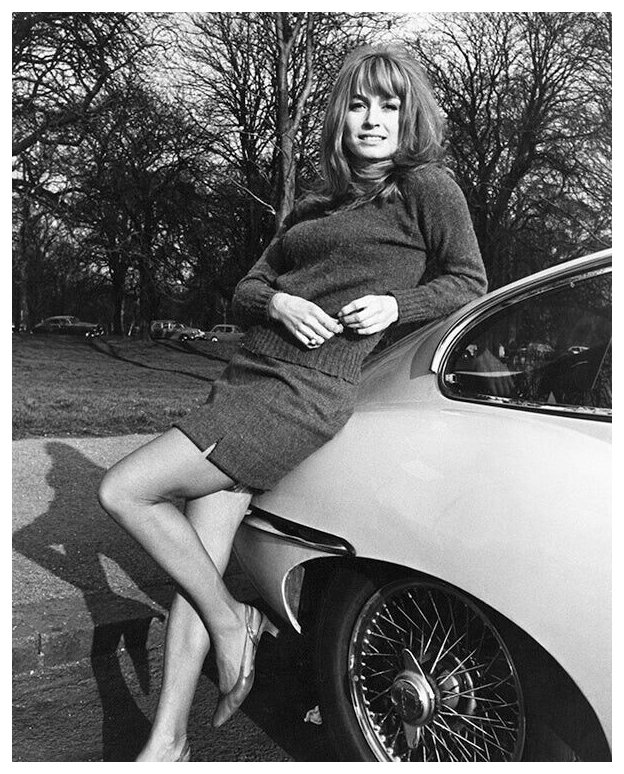
Art was her first love. She studied fabric design at the Derby & District College of Art, mastering patterns and textures long before she mastered dialogue. Those artistic instincts—balance, texture, light—would later define her on screen. She had a natural eye for composition, for how to exist in a scene rather than simply act in it.
When modeling offers came her way, they seemed like just another form of art. She adopted the stage name “Suzy Kendall,” and with that, her second act began—one that would soon place her at the center of the Swinging Sixties.
Video : Suzy Kendall warming up – Fraulein Doktor (1969)
From Fashion Floors to Film Sets
London in the 1960s was a revolution—music, film, and fashion colliding into a single, chaotic masterpiece. Suzy fit right in. Her luminous complexion and striking features made her a favorite for magazine spreads and advertisements. But it wasn’t long before casting directors saw what photographers already knew: her beauty carried depth.
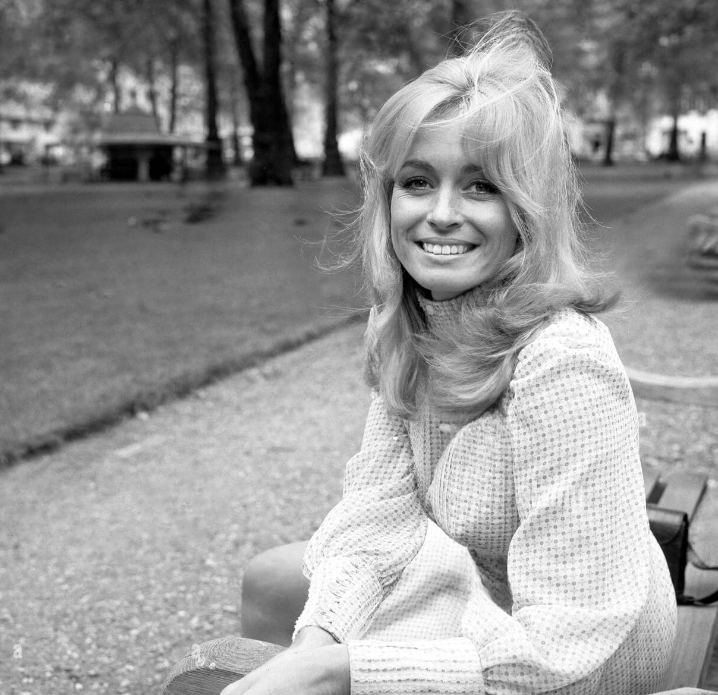
In 1965, Suzy made her film debut in Up the Junction, a gritty drama exploring class and modern morality. Her performance turned heads—not for scandal, but for sincerity. There was a quiet intelligence in her acting, a grounded authenticity rare in that era’s glamour-driven world. Critics noticed, and so did producers.
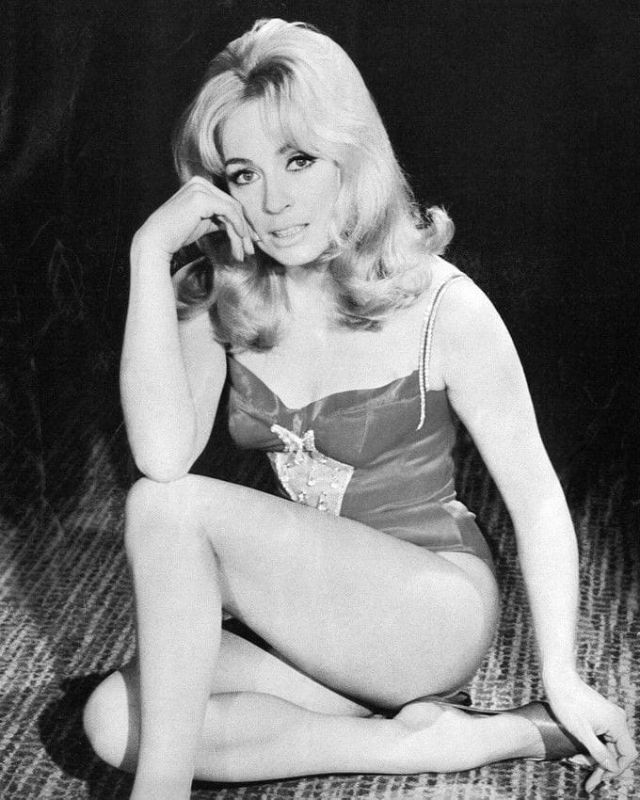
A few years later, she appeared alongside Sidney Poitier in To Sir, with Love (1967), one of Britain’s most beloved films. Her role as Gillian, a kind and empathetic teacher’s assistant, reflected her natural warmth and understated strength. Audiences connected with her not because she was dazzling, but because she was real. That, ironically, made her dazzling.
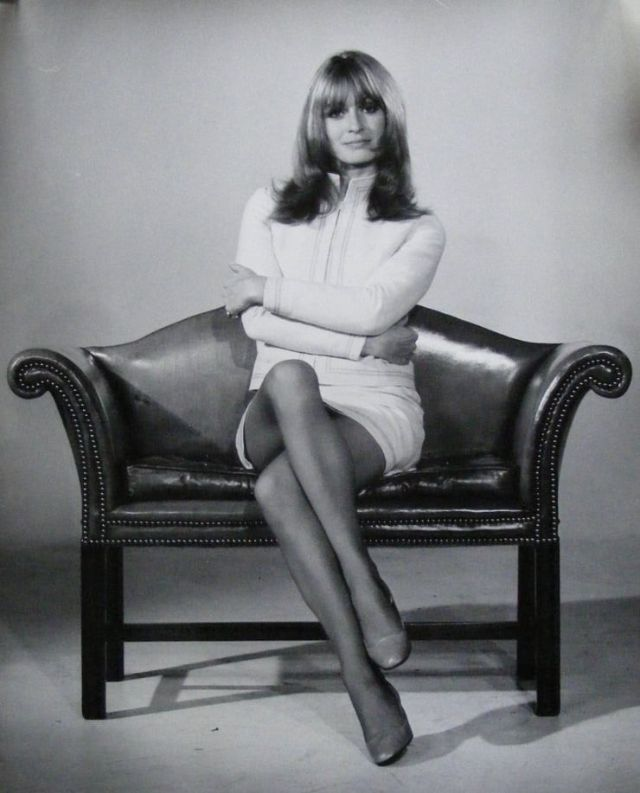
The Golden Years: From Drama to Danger
By the late ’60s and early ’70s, Suzy Kendall had become a household name in British and European cinema. Unlike many actresses of her time, she didn’t rely on melodrama or extravagance. She was drawn to suspense, to the psychology of fear and fascination.
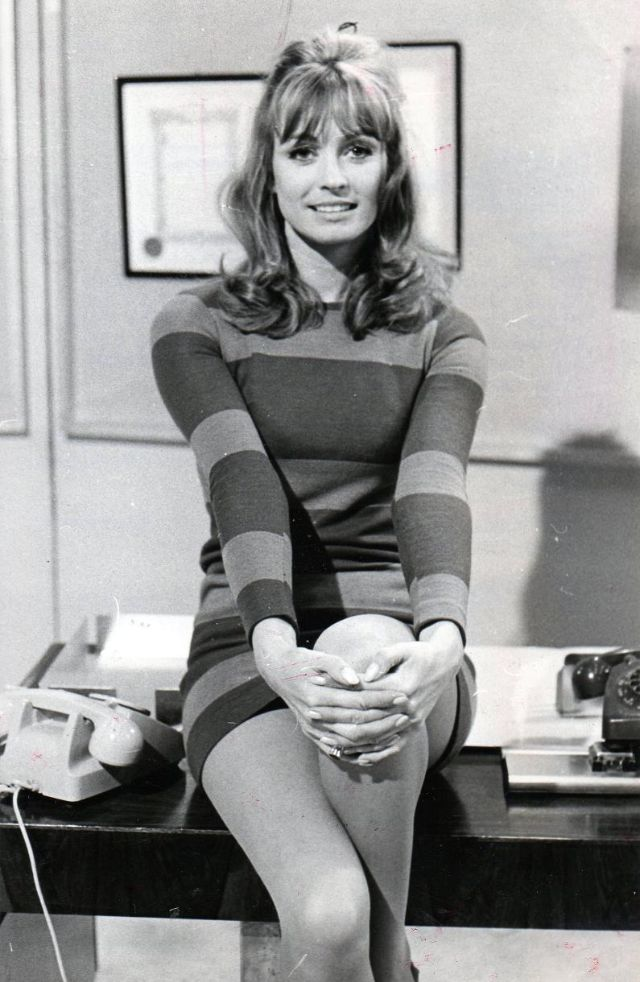
She starred in thrillers like Circus of Fear (1966) and The Liquidator (1965), both stylish, suspenseful tales that showcased her calm amid chaos. But it was her work in the Italian film industry that truly cemented her status as an international cult icon.
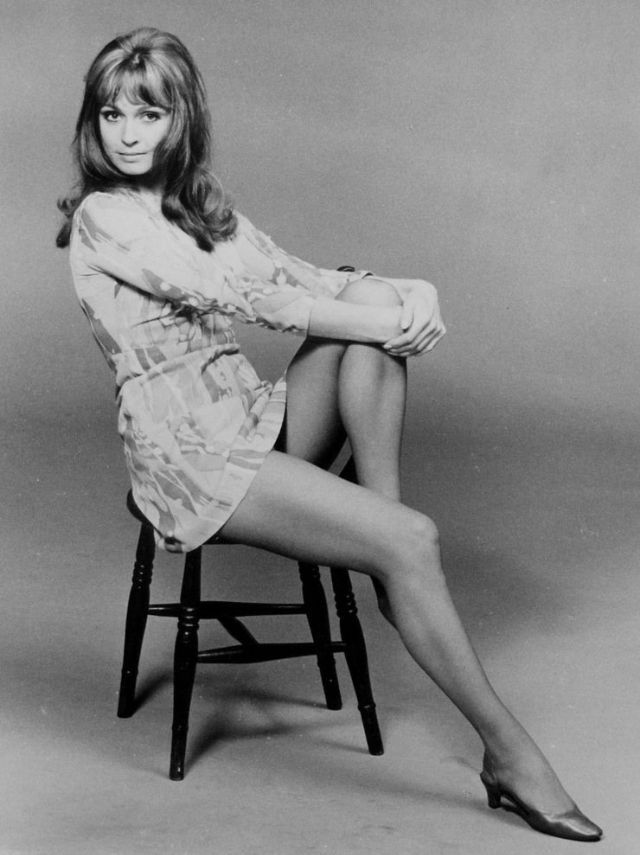
In Dario Argento’s The Bird with the Crystal Plumage (1970), she delivered one of her most iconic performances—a masterclass in vulnerability and quiet tension. The role placed her at the forefront of the “giallo” genre, a cinematic movement blending horror, mystery, and high art. Her presence—delicate yet defiant—anchored the surreal terror around her. The same magic unfolded in Torso (1973), where she played a university student hunted by a masked killer. Few actresses could make fear look so graceful.
Through it all, she carried herself with composure. Suzy Kendall never screamed for fame; she simply embodied it.
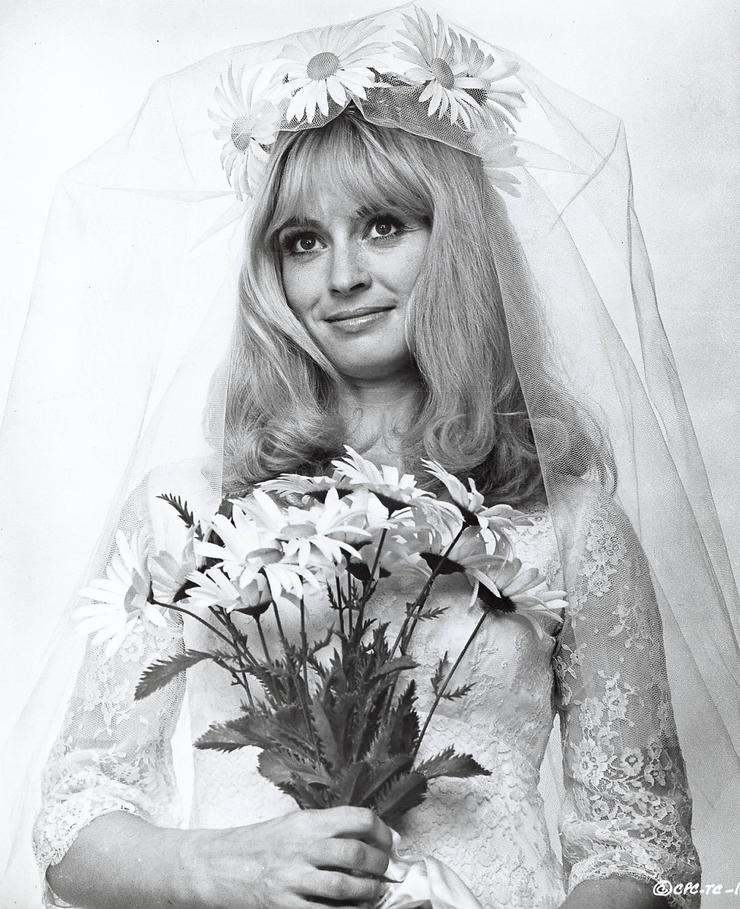
A Heart Beyond the Spotlight
Off-screen, Suzy’s life had the texture of a film romance and the realism of a novel. In 1968, she married the brilliant comedian and actor Dudley Moore. Their union blended humor and sophistication—two creative souls orbiting the same starlit sky. They appeared together in 30 Is a Dangerous Age, Cynthia (1968), a charming comedy about ambition and love. Though their marriage ended in 1972, the friendship endured, a rare grace in an industry known for fractured bonds.
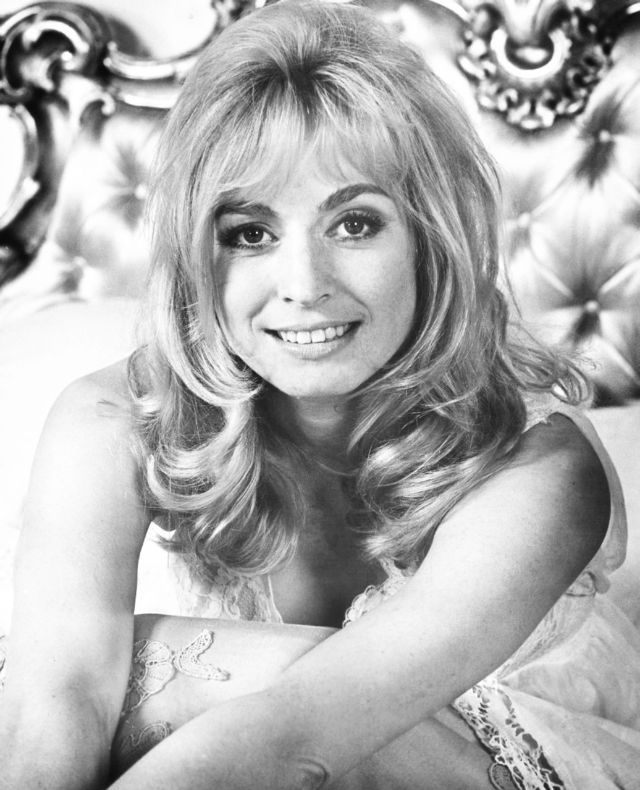
Suzy later found love again with composer Sandy Harper, with whom she shares a daughter, Elodie. It was motherhood that inspired her to step away from acting in the late 1970s. While many stars clung to fame, Suzy gracefully walked away, choosing family and privacy over the relentless pace of show business. She never “faded”—she simply shifted into a different kind of light.
Video : Suzy Kendall shows off her moves in ’30 Is a Dangerous Age, Cynthia’ (1968)
Redefining Elegance: The Later Years
Even after retiring, Suzy Kendall remained an enduring symbol of timeless class. Occasionally, she would make brief returns—voice cameos, interviews, or nostalgic film tributes—but never to chase relevance. Her 2012 appearance in Berberian Sound Studio, a psychological thriller paying homage to the very giallo films she once starred in, was a poetic full circle moment.
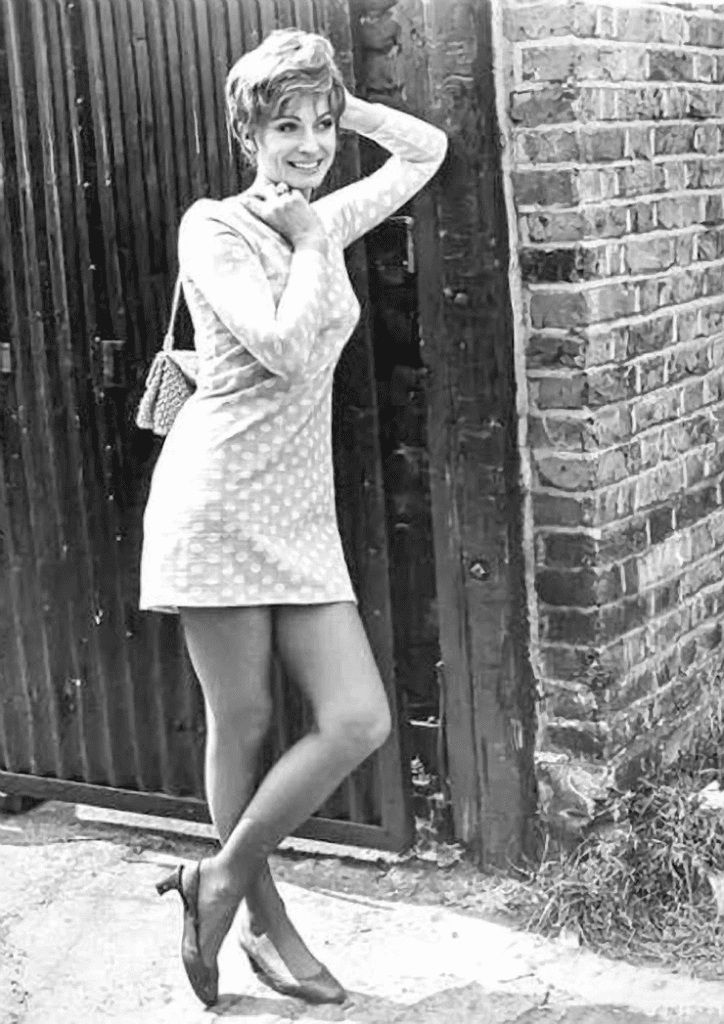
Today, in 2025, at 88 years old, Suzy lives a quiet, fulfilling life in London. She’s known to enjoy art, gardening, and spending time with family. While she has no social media presence, her influence thrives in film retrospectives and fan communities that celebrate her work. Her face, preserved in celluloid and memory, still represents a kind of beauty that transcends time—elegant, enigmatic, and effortlessly human.
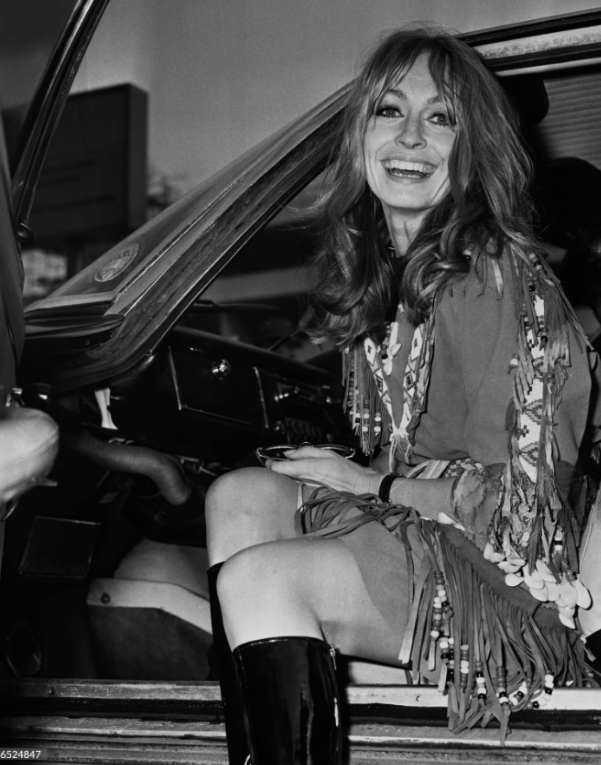
Why Suzy Kendall Still Matters
In an industry that often mistakes noise for brilliance, Suzy Kendall reminds us of the power of silence. She didn’t need controversy to be captivating or extravagance to be unforgettable. Her performances radiated intelligence and emotion without ever feeling forced.
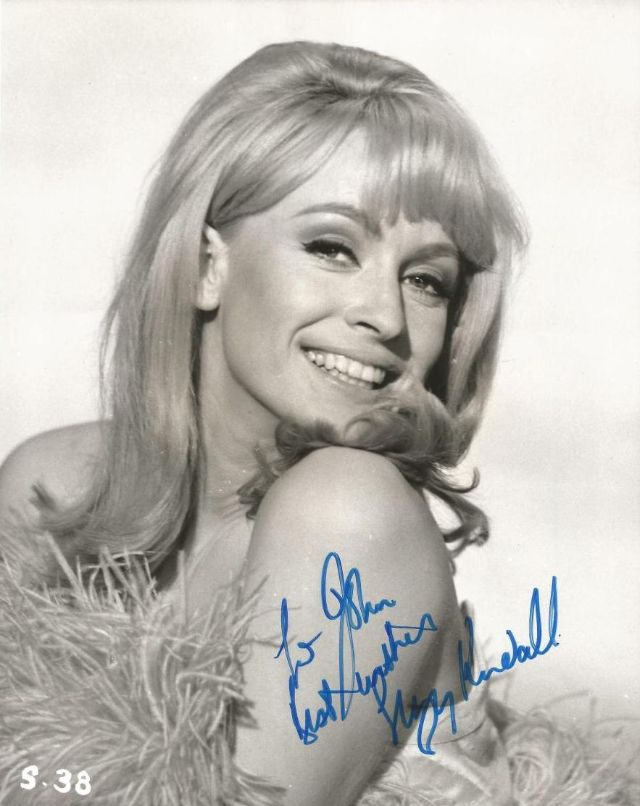
Her legacy bridges eras—the classic elegance of Audrey Hepburn with the quiet modernity of Charlotte Rampling. She was both muse and mystery, a woman who understood that true sophistication is about restraint, not excess.
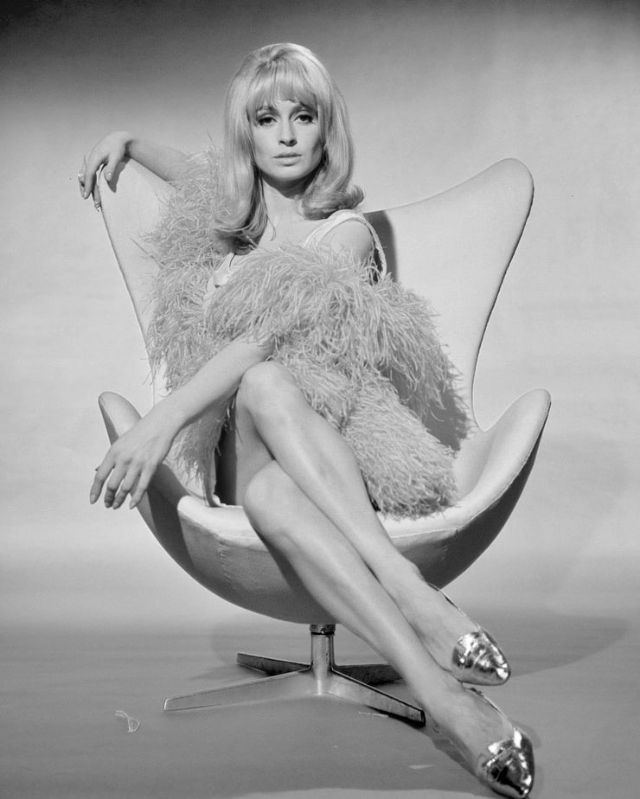
For younger generations discovering her through restored films or streaming platforms, she’s proof that beauty and authenticity can coexist, that grace never ages, and that sometimes, the most powerful performances whisper instead of roar.
Conclusion: The Enduring Glow of a British Icon
Suzy Kendall’s journey from Derbyshire designer to international screen siren is a story of subtle brilliance. She transformed from an artist who painted with textiles to one who painted with emotion, creating characters that felt real and rare.
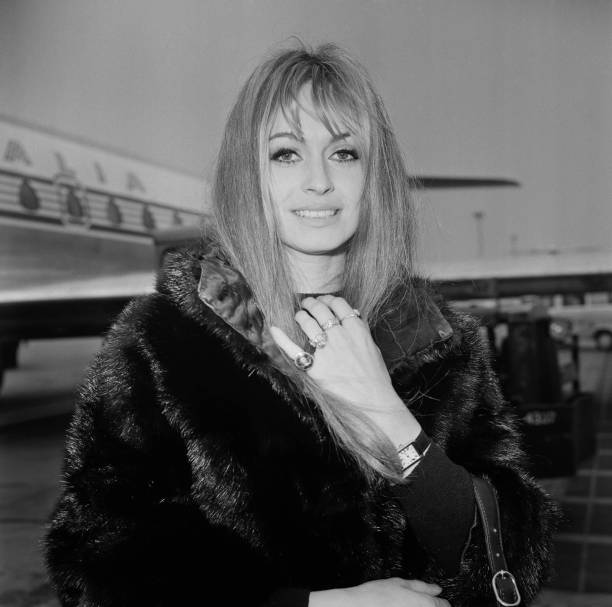
Even decades after she left the screen, her presence lingers—graceful, intelligent, and timeless. She was never the loudest voice in the room, yet somehow, she’s the one we still remember. That’s her legacy: the quiet power of a woman who turned every frame she touched into art.
Because some stars don’t burn out—they simply shine in softer, eternal light.